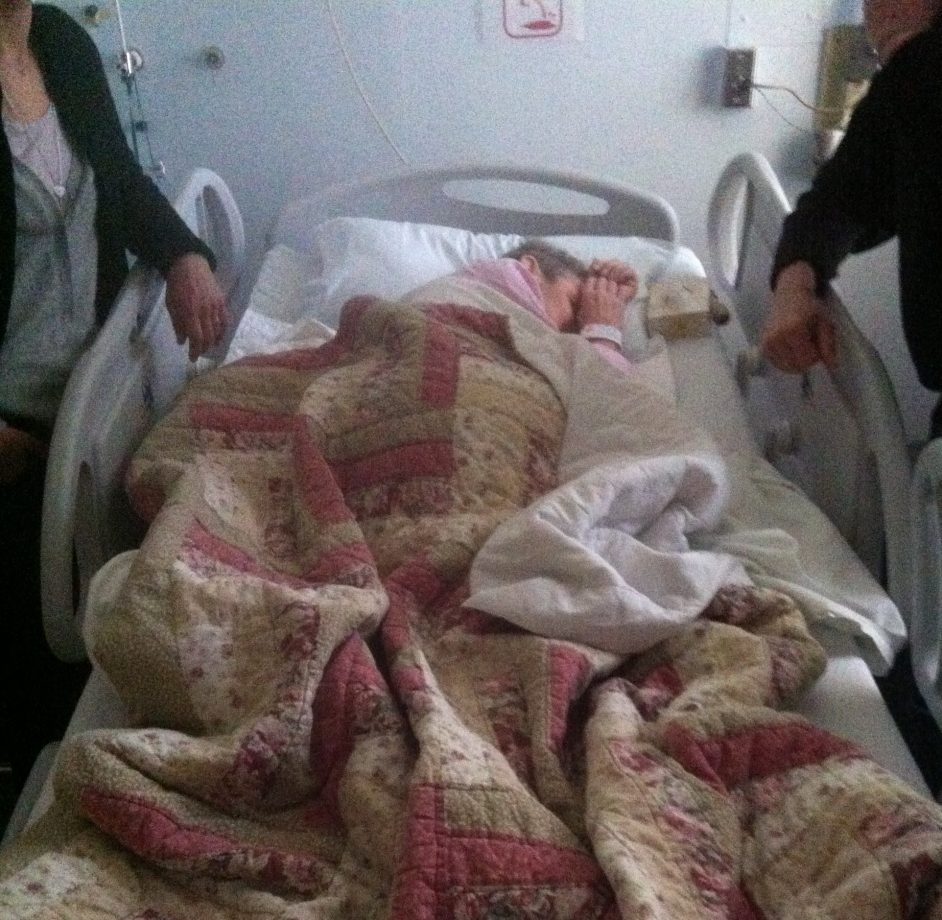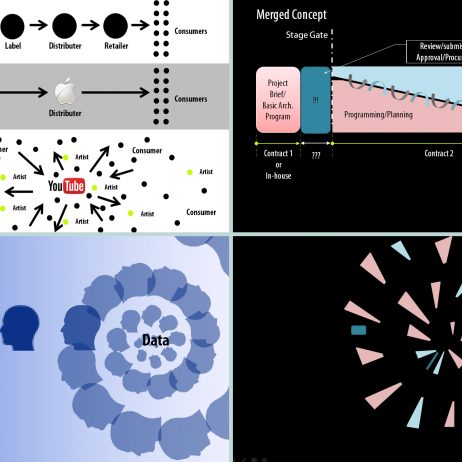A recent article in the Wall Street Journal on “The Hospital Room of the Future”, presented with the subtitle of “A patient-centered design could reduce infections, falls, errors—and ultimately costs” shows how far off track the quest for the ideal patient-centered room can veer. Much of the distraction comes from the misuse of lingo but the most significant cause of derailment comes from an apparent lack of consideration for an actual patient who is seriously ill or struggling to recover from a procedure.
The article is a reference to the NXT Patient Room 2020 Prototype, a full scale prototype that involved 30 industry partners in its construction. Among these are Amuneal, Armstrong Commerical Ceiling Systems, Barrisol, Bendheim, Christian Rae Studio, Cleankeys, DuPont, Duravit, Evans and Paul, Evergreen Medical, Grohe, Hafele, Handicare, Holosonics, Infinity Drain, Intense Lighting, Jay R Smith MFG, Co., Linet Americas, Lutron, Medline, Milliken, Osram Sylvania, PK30, Duracel Powermat, Price, Savant, Skanska, Smith, Seckman, Reid, Inc., Standard Textile, Synapse, Traxon, Trufig, and Tyco.
The prototype is the kind of thing over which techies salivate. So it’s no surprise that Wired Magazine also chimed in with a piece about it entitled “What Would the Ideal Hospital Look Like in 2020?”. In their story, Wired called it “the nicest hospital you will never visit” with design touches that “make it feel like an iPhone” and references “the sterile palette of hospitals from the 1950s and 60s.” which “also brings gamification to the hospital.” The comments left by readers in response to these claims are well worth the read.
The NXT Prototype pushes the thinking on managing the spread of hospital acquired infections and endeavors to incorporate a wide range of emerging technology into patient care – all good things. It emphasizes overcoming challenges faced by patients and caregivers, such as “patient and staff safety, engagement and empowerment in care process, quality of care, and efficiencies in work processes.” These are all valid issues that need to be considered and improved in the patient room.
Unfortunately the prototype appears to be heavily influenced by its industry partners in what should be a more rigorous academic study. Instead of casting itself in the role of a patient-centered futurist, it could more appropriately call itself “what 30 highly interested members of the supply chain would do if they could bypass the architects (and patients) when hospitals are built.”
Another issue is not with the NXT Prototype itself, but the journalistic slant that sustains the simplistic concept that high-tech and high-sterility equate to better care. In the USA, hospitals compete with one another to attract patients. By extension, promote-ability is also an important factor in room design. If Hospital A can brag about offering something Hospital B does not, then hopefully Hospital A will have more patients clamoring to occupy their beds. The problem is that the important metrics of actual patient care and outcomes are replaced with the potency of trends in technology and futuristic aesthetics. This, of course, is nothing new. Seductive images of the future are keys to promoting consumer spending, but it comes at the cost of being patient-centered. Furthermore, this is an expensive room, so it also comes at the cost of patient access, especially in the USA.
When a patient room design is authentically focused on the patient experience it is known as patient-centered design. The NXT prototype promotes things that may end up contributing to an improved patient care outcome, but in themselves have failed to put the experience of a truly ill or dying patient at the center.
There has been a lot of progress in the design of the patient-centered room of the future [1, 2, 3, 4, 5, 6] and it is often reflected in both the popular media and in media created and consumed by the relatively small international circuit of Healthcare architects.
Getting the design “right” on a patient room is important because it is a room typology that is repeated many times in a single hospital project. We admit that in our patient room designs, we don’t achieve all of our objectives. Many factors – including cost, constructability, consensus building, conflicts between staff and patient ideals and others – often conspire to water down an “ideal” patient room design. It should be noted we work primarily in Canada where we are blessed to not be burdened by the corporate objectives of hospital competition. The NXT prototype will be enjoyed here as a frame of reference, but it will be understood as a fantasy. Only the aspects that offer true value will be cautiously embraced. The staff control centre and the accessible bathroom are two examples that would be of value. The size at 400 sq ft and the halo are probably no-gos.
A compounding factor in any healthcare visioning exercise is the lag between the design of the room and actual occupancy (often 3 to 5 years). To design a patient room is, by rights, to design obsolescence. In other words we can dream of integrating all kinds of technology today but in 2020, technology and medicine will be very different. In his book “The Creative Destruction of Medicine” Dr. Eric Topol demonstrates how this will be a monumental issue in the not-so-distant future because we are upon a super-convergence where today’s practice of medicine will soon be dramatically transformed to “new, individualized medicine that is enabled by digitizing humans.” The patient room has as much chance of being eliminated altogether as having a likeness to the NXT prototype.
The NXT Patient Room 2020 Prototype’s aesthetic suggests (and the Wired article infers) that healing is best done in an environment akin to being trapped inside an iPhone. But human comfort comes from what we know: the familiar. The sterile look of the 50’s hospital fused with the latest spoon feeding from Apple is probably a pretty exciting experience better suited to a futuristic theme park ride or possibly the cabin of the latest long-haul commercial airliner (sidenote: A recent project by priestmangoode offers up some exciting potential by fusing aircraft cabin design with hospital recovery spaces). The NXT room is an environment alien to anything a patient would experience in their day-to-day life. Thus, not only is the patient forced to confront the complicated and deeply unsettling realities of their own illness or procedure, they must also overcome the overwhelming sensation that nothing around them is normal. It is hard to imagine a less healing environment.
The aesthetic of the NXT Patient Room 2020 Prototype is not just designed to be futuristic, but like hospitals of the 50’s, it is inspired by sterility itself. Designing healthcare environments to minimize or prevent the spread of infection is a given and a reflection of the function of the facility. In and of itself, however, this is not patient-centered design. What a sterility aesthetic really suggests is that the patient is an infection waiting to happen. Designing a sterile environment is not difficult. Designing a patient environment that supports and promotes the individual’s physical, emotional and psychological healing, while being efficient, cost-effective and minimizing the incidence of hospital-acquired infections should be the framework for patient-centered design.
The presence of family is another sadly lacking contributor to patient comfort, care and recovery, and safety. A patient-centered room makes family welcome and comfortable. Designers must work hard to provide this in spite of the limited square footage available. The NXT Patient Room 2020 prototype, the WSJ and Wired have missed this important feature.
Being patient-centered also means enabling the efficiency of the front-line staff that care for patients. Hiding “medical” services behind indistinguishable/blank/sound & light reflective solid-surface panels means extra steps for staff who would rather be providing care than converting a room. If we are to dream – after all that’s what prototypes are about – then we need to embrace a holistic approach that conceals the intimidating gear while also improving efficiency and productivity,
With the increasing body of evidence [1, 2] pointing to the health benefits of biophilic design, the absence of natural products, daylight, views, nature, or any kind of softness in this prototype seems like a huge oversight. The only thing missing from the NXT room is an automatically triggered laser beam to kill fresh flowers brought by unwelcome visitors.
It is crucial that research continues to push current thinking about what it means for spaces to be truly patient-centered. There is plenty to learn from the NXT prototype and much of it is very good. Hopefully the next NXT prototype room (for 2030) will incorporate a human side and not just let the industrialists and techies be the ones to imagine the future. Maybe they will let patients participate, as in the example of the Saskatoon Regional Health Board in this video, where an authentic community engagement was undertaken in the design of a pediatrics hospital. Perhaps it will embrace all the good things technology has to offer while also embracing the human stuff like interaction, our place in the natural world and more elements of psychological comfort.
As it stands right now, we might choose the hospital of future 1950 over the Hospital of the Future 2020 – at least it had a pool!


